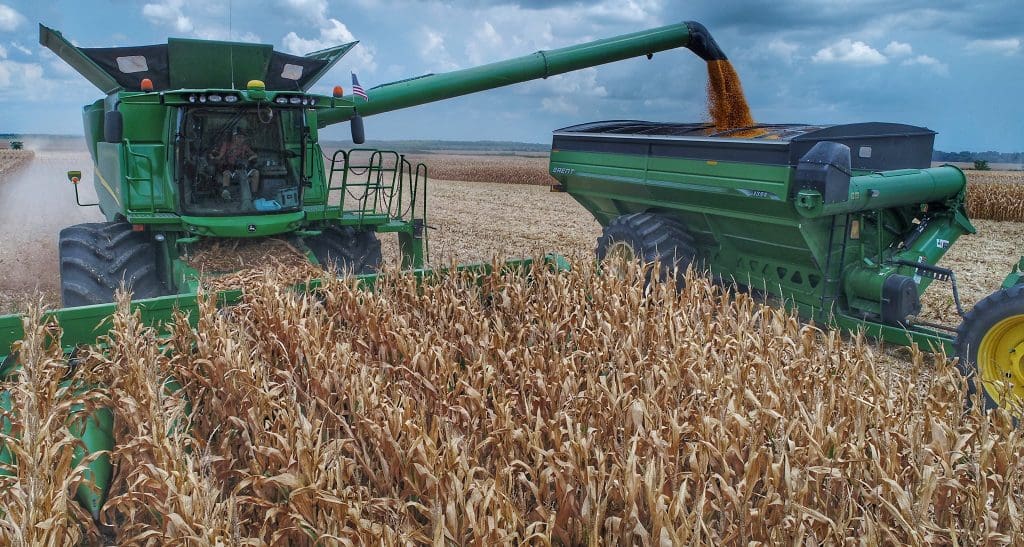Poinsettias are a staple of the holidays. Surprisingly they are a relative easy plant to take care of and keeping them looking great throughout the holidays this year. Modern poinsettias stay attractive much longer than earlier varieties. So if it has been a few years, try again!
Poinsettias are native to Mexico, and typically are grown in greenhouses from cuttings. In the United States it is very easy to find these plants between Thanksgiving and Christmas. After the holidays, it can be very hard to find them. Knowing what to look for is key to finding the best plant.
First off, lets learn more about the poinsettia’s parts.

















